Today marks the eve of one of my favourite events in sport; the Ryder Cup. While I would not consider myself a regular viewer of golf on TV (except for the Majors) my fascination with the Ryder Cup goes back to 1991 and ‘that putt’ by Bernhard Langer. Defeat at Kiawah Island in South Carolina that year sparked my interest in the event and I couldn't wait for the next bruise-up between the two teams.
1993 was no different. Team USA proved too strong in the single pairings and ran out 15-13 winners at the Belfry. However, this was the last time the USA tasted victory on European soil. In the 8 Ryder Cups that have followed, Team USA has managed to win just two (1999 and 2008). In fact, since Europe's defeat at the Belfry, the team has enjoyed somewhat of a golden era which included crushing defeats of their American counterparts at Oak Hill, NY in 2004 and our very own K Club in County Kildare in 2006, both by a margin of points 18.5 to 9.5.
The data suggests Europe is on the up also. The graphs below plots the number of points each team has won since the competition became USA versus Europe in 1979. The first graph included Europe’s run away wins in both 2004 and 2006. The second graph excludes them (for purposes of the trend).
Remember 14 points are all that is required to retain this Ryder Cup. Let’s hope the 2014 European team can continue the upward trend and push that average even closer to the magic number 14.
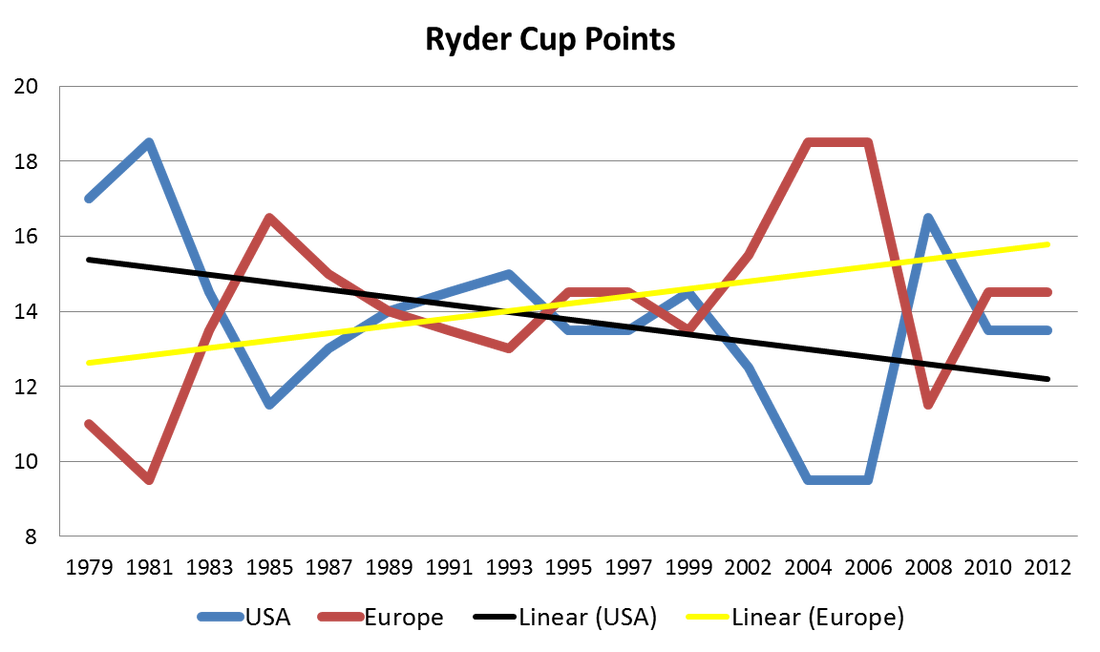

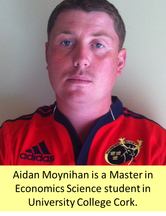
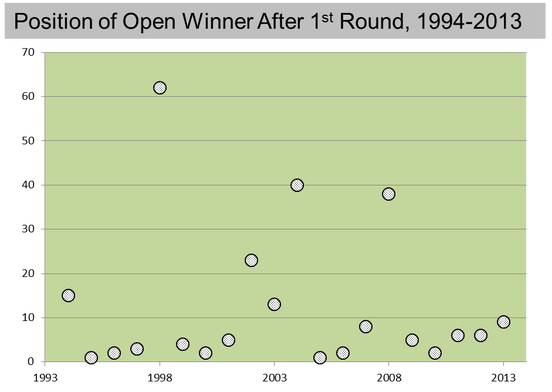
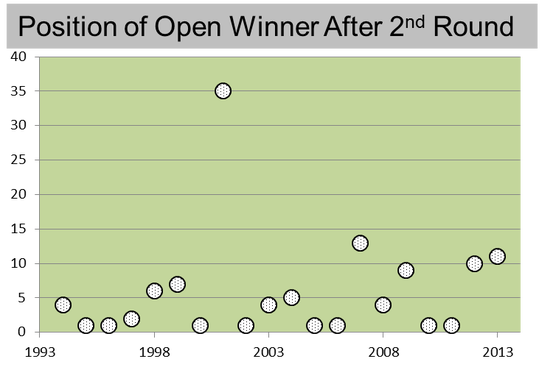
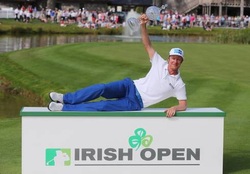

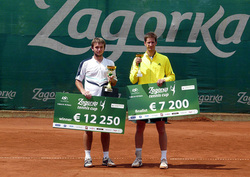
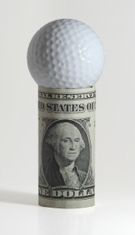
 RSS Feed
RSS Feed